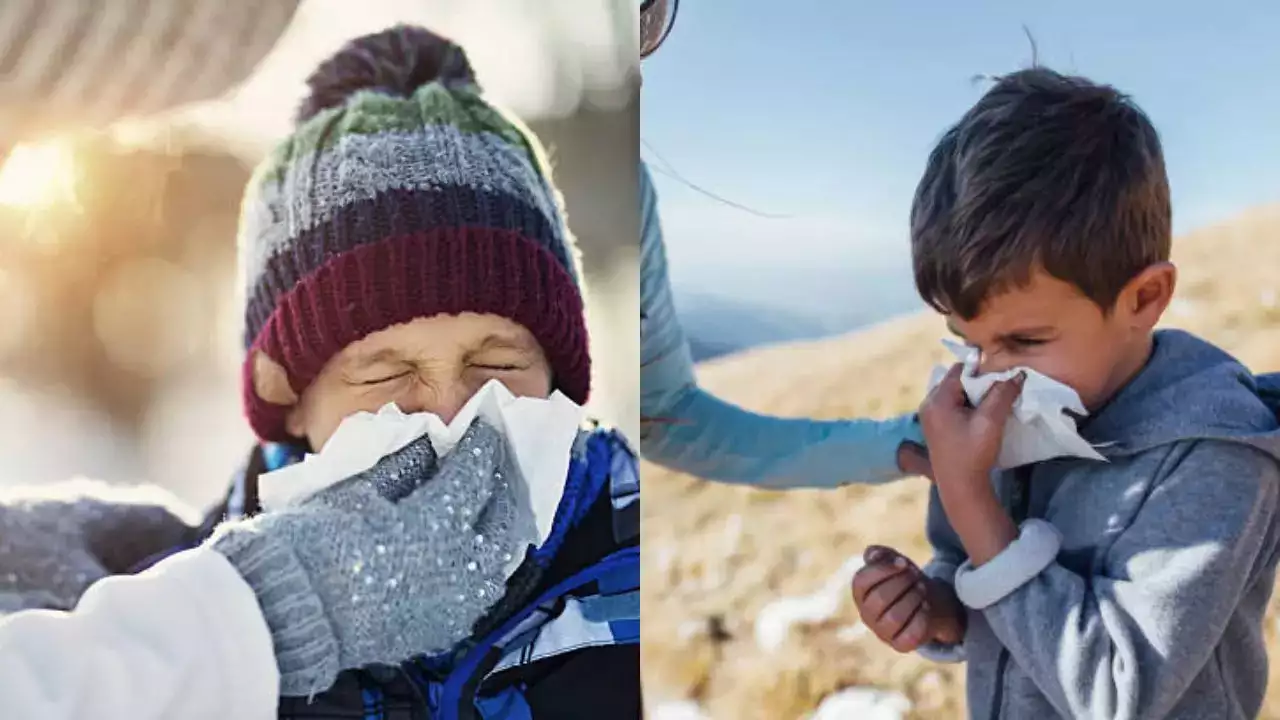
Walking pneumonia spreads through respiratory droplets during close contact, similar to other respiratory infections
There has been a significant spike in the cases of walking pneumonia - Mycoplasma pneumonia infection across the United States - especially among children, according to the Centers for Disease Control and Prevention. Even though doctors say walking pneumonia is a milder form of pneumonia, an estimated 2 million infections occur each year in the US.
Walking pneumonia affects anyone but is most common in school-aged children, adolescents, and young adults. According to experts, it is rarely diagnosed in preschool-aged children, who are much more likely to have viral lower respiratory tract infections, viral pneumonia, or classic bacterial pneumonia.
Walking pneumonia spreads through respiratory droplets during close contact, similar to other respiratory infections. When an infected person coughs or sneezes, the bacteria in the droplets can be inhaled by others, causing infection.
Why are cases of walking pneumonia rising?
Even though it is not clear why the cases of walking pneumonia are spiking, doctors say that children returning to school after holidays and adults resuming in-person work may all play a big role. Experts also believe that it is possible that with more testing being undertaken after COVID-19, there has been a rise in the number of recognized cases.
According to studies, spikes happen every three to seven years, but it is hard to predict these spikes without a national surveillance system. These surges typically begin in late summer or early fall.
What are the signs and symptoms of walking pneumonia?
Walking pneumonia shares symptoms with common upper respiratory infections like fever, runny nose, and cough. However, Mycoplasma infections are often marked by a persistent cough that can last for weeks or even months. This happens because the infection affects the cilia in the lungs, which usually help clear mucus and bacteria.
A few signs and symptoms of walking pneumonia include:
- A fever of 101°F (38.5°C) or below
- A cough that can last for weeks to months
- fatigue and feeling very tired
- Headache, chills, sore throat, and other flu-like symptoms
- Fast breathing and making wheezing sounds
- Laboured breathing that makes the rib muscles retract
- Chest and stomach pain
- Malaise or feeling of discomfort
- Vomiting
- Loss of appetite
- Rash
- Joint pain
How is walking pneumonia diagnosed?
Doctors usually diagnose walking pneumonia by doing an exam. They will check a child's breathing and listen for a crackling sound that often indicates walking pneumonia.
If needed, they may order a chest x-ray or tests of mucus samples from the child's throat or nose to confirm the diagnosis.
Ways to treat walking pneumonia
According to experts, antibiotics are among the best and most effective ways to treat walking pneumonia. A five to 10-day course of oral antibiotics is usually recommended. After starting on antibiotics, your child is less likely to pass the illness on to other family members.
However, it is also suggested to encourage everyone in your household to wash their hands well and often. Do not share drinking glasses, eating utensils, towels, or toothbrushes. Teach kids to cough or sneeze into a tissue or into their elbow or upper arm (not their hands). Wash your hands after touching any used tissues.
Get Latest News Live on Times Now along with Breaking News and Top Headlines from Health and around the world.